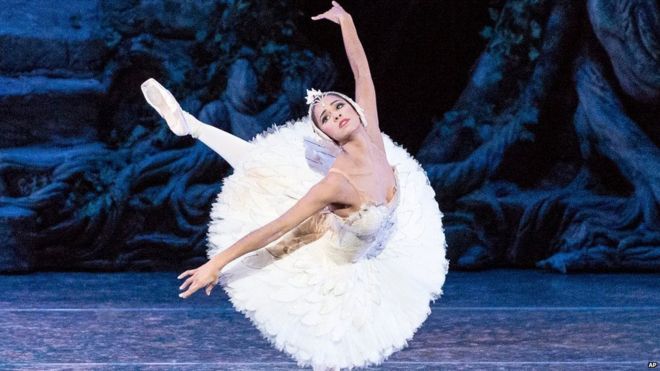Race in Rhode Island: Is race just an invention?
The Providence Journal
Providence, Rhode Island
2015-06-27
Paul Edward Parker
Classifications were created to divide people, say educator, historian.
When you ask “What is race?” don’t expect a simple answer.
And, when you consider Latinos — Are they a race or an ethnicity? — plus America’s ever growing multiracial identity, that complicated answer grows even more complex.
The apparently simple concept of race eludes easy definition, even though we have been counting people by race in Rhode Island as far back as 1774.
The federal government took up the practice in 1790, the year that Rhode Island became the 13th and final original state to ratify the Constitution.
Despite that long history of sorting people into racial categories, experts say it has little basis in science. It’s more about sociology and politics.
“Race is not a biological construct. It’s a social construct,” said Carolyn Fluehr-Lobban, a retired Rhode Island College professor who, for nearly 40 years, taught classes on the anthropology of racism. “There’s a belief that it’s scientific,” she added. “It’s impossible to classify humans scientifically into race.”…
…What about Latino?
Along with “What is race?” those who count Americans by categories have to ask: “Is Hispanic or Latino a race?”
The Census Bureau has said no, Hispanic origin is in addition to race. Someone who identifies as Hispanic or Latino also will belong to one or more of the five racial groups.
But two-thirds of American Latinos disagree, Lopez said. They have told Pew that Latino is part of their racial identity.
“I’m not white, and I’m not black,” said Anna Cano Morales, director of the Latino Policy Institute at Roger Williams University in Providence. “I choose to be Latina.”
But Morales concedes racial and ethnic identity is not simple. “This is an incredibly complex set of questions,” she said…
Read the entire article here.




